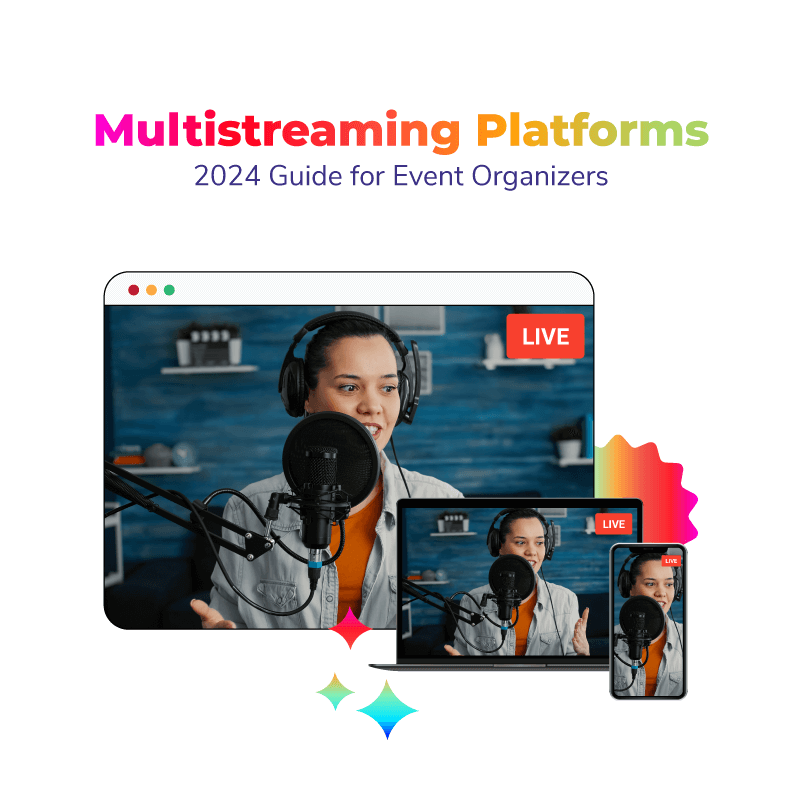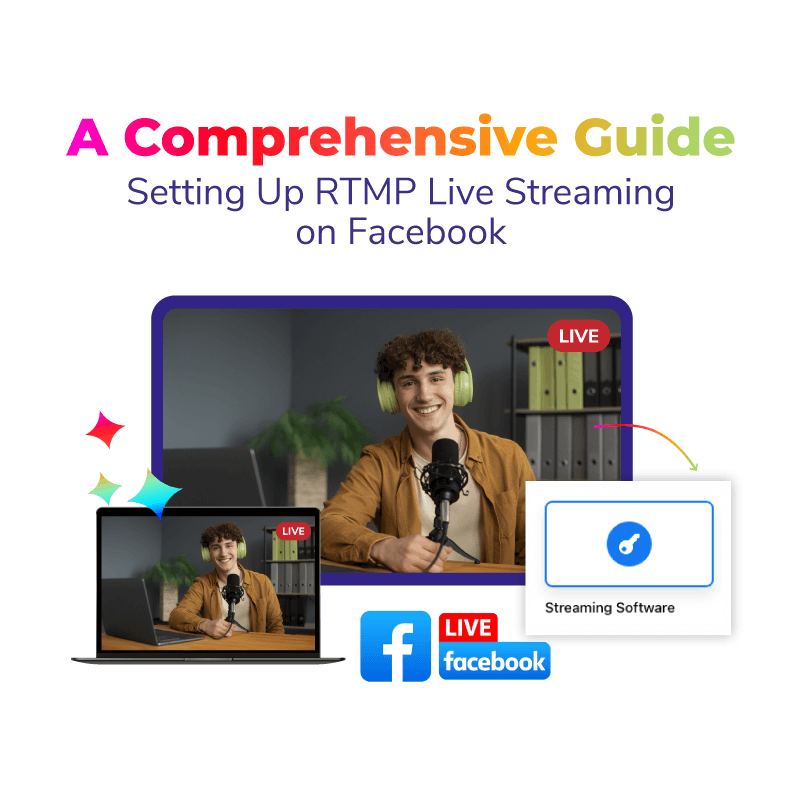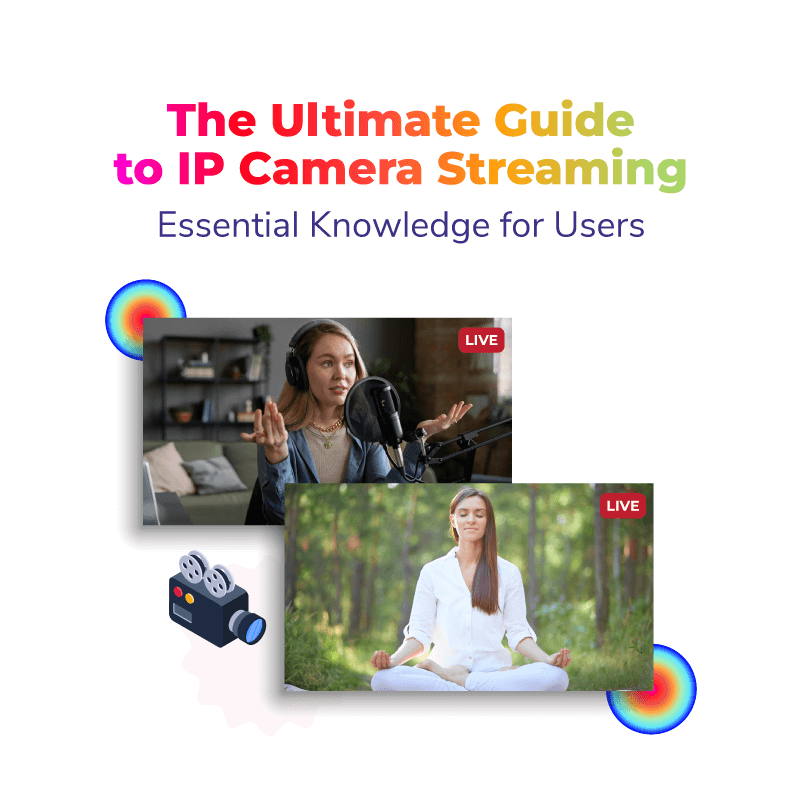In today’s world, most of the entertainment is consumed via streaming. Due to advancements in technology and increased accessibility to the internet for everyone, streaming content has become not only the best way to consume media but also a very affordable one. Virtual reality streaming is the result of innovation in the live streaming world where the latest technology like VR is used in the context of streaming media. Let’s take a look at what 360-degree webcasting is, its various uses, and the advantages and disadvantages of the medium.
Table of Contents
360 Degree Live Webcasting

Live web streaming solutions are constantly improving their services. One of the latest trends the industry is reacting to is providing streaming 360-degree video content. Essentially, the concept refers to stream video, live or on-demand, to VR goggles like the Oculus Go which provides the watcher a 360-degree experience instead of a limited frame.
The uses of 360 degree live webcasting video can be found in multiple industries. It provides an immersive way for the audience to view educational, commercial, and entertainment content. 360 degree live streaming solutions create a more in-depth experience for the viewer as their entire attention is focused on the VR environment which lowers distractions and increases the impact of the content. Whereas live streaming video is considered to be a part of the mainstream tech these days which is made evident by how easy it is to go live on social media for people around the globe. With the increasing adoption of virtual reality, it is not hard to imagine a future where a 360-degree video would become the new norm rather than being the novelty it is today.
Advantages of 360 Degree Live Webcasting
While 360 video content has matured over the years, streaming the content has multiple advantages when compared to the traditional model of storing the video offline and playing it back on the VR device. Virtual reality webcasting solves many problems that come up with the traditional way people consume 360-degree video content today.
Here are some of the advantages of using 360 degree live streaming solutions:
- Virtual reality streaming services solve the primary problem of storage when it comes to 360-degree video content which usually takes up a lot of space if the content is in high-resolution. By streaming the content instead of saving it locally, the viewer no longer has to worry about space limitations and can access a huge library of content instantaneously from anywhere in the world!
- VR streaming and webcasting services only require a few seconds of buffering even when streaming high-quality 360-degree video content. With fast enough internet connections, the video content can be streamed almost seamlessly to the VR device.
- When it comes to VR live streaming, most of the best live streaming services in the niche provide a variety of engagement features that keep the audience engaged with the live stream and allows for a more personal connection to the streamer and the content.
- The best live web streaming solutions that operate in the VR streaming industry are working to use the unique features of the medium to further improve the viewing experience of the audience and provide an even more immersive experience for the viewer. Since the possibilities of virtual reality are essentially endless so are the opportunities for VR streaming!
Disadvantages of 360 Degree Live Webcasting
Even though virtual reality webcasting promises a lot in terms of advantages, it has a few disadvantages as well. Some of the disadvantages of 360 video streaming include the following:
- Naturally, VR streaming and webcasting requires a stable and fast internet connection as a large amount of data has to be transferred when you’re streaming high-resolution 360-degree video content.
- However, due to the technical limitations, it’s not really possible to stream live video in high resolution all the time. In addition, only a particular segment of any audience has devices that can receive live VR streams which can limit the reach of even the best live streaming services in the 360-degree video niche.
- Lastly, if the software side of the 360 degree webcasting solution is not up to the mark, the buffering of the video content might be affected which would take away from the immersive and seamless experience that is the goal of the best live streaming services in the industry.
Mobile Virtual Reality

During the early days of virtual reality, the equipment used to be really expensive and limited in application. For example, the early virtual reality goggles required to be plugged into a gaming computer in order to perform at its optimum. These days, virtual reality devices are becoming more mobile and the hardware is powerful enough that the device doesn’t need anything else to function. With mobile VR becoming mainstream with brands like Oculus dominating the market, the entire technology is becoming more consumer-facing and concepts such as VR 360 degree live webcasting is a byproduct of the efforts to create consumer-friendly applications of the technology.
Conclusion
360-degree live streaming is an interesting approach to both live streaming and virtual reality and the uses of 360 degree live streaming span many industries from education to entertainment to commercial applications. As the years go on and technology keeps progressing, VR is going to be as much a part of the mainstream tech culture as live streaming has become now. It is definitely an interesting time to be alive to witness this development. We hope this blog was helpful to you, keep watching this space for more updates.




















